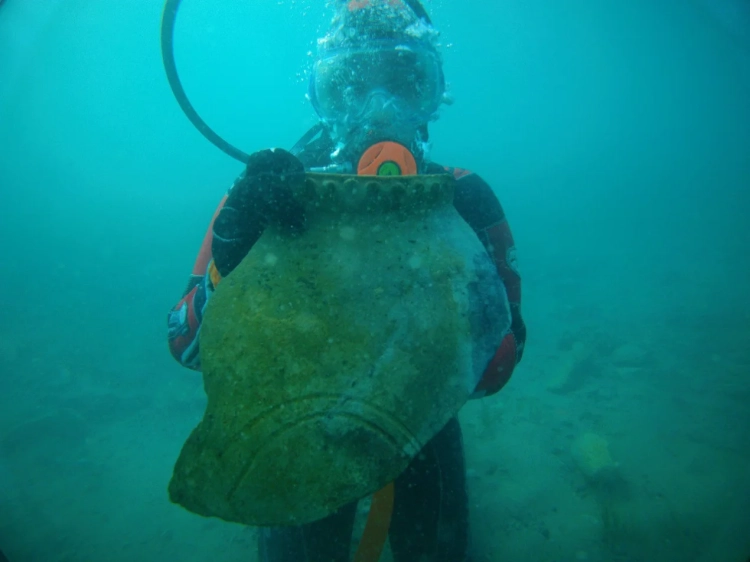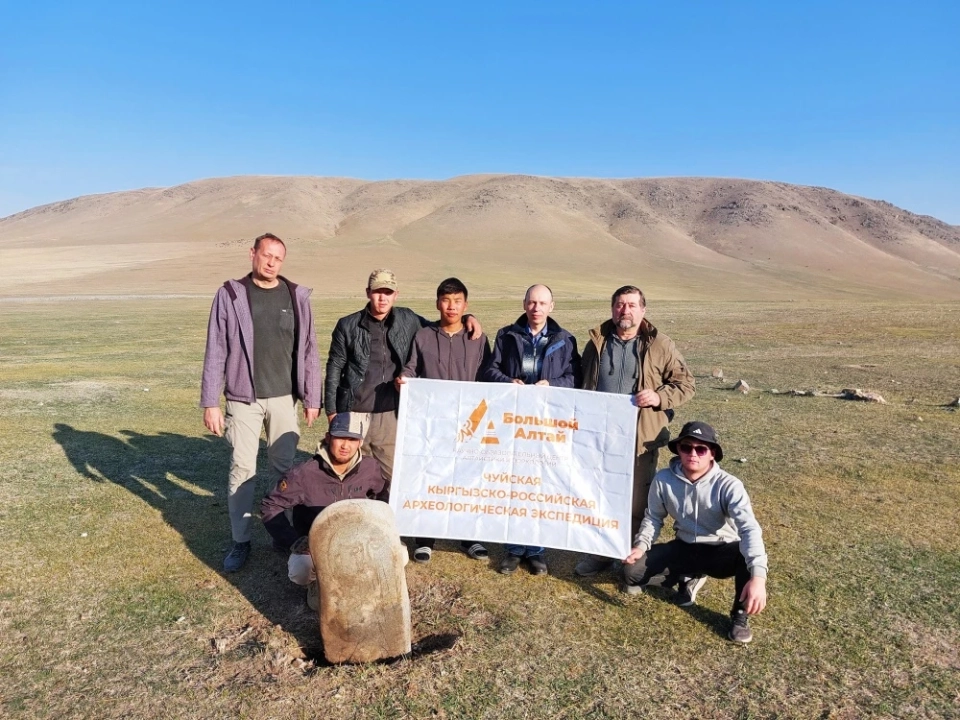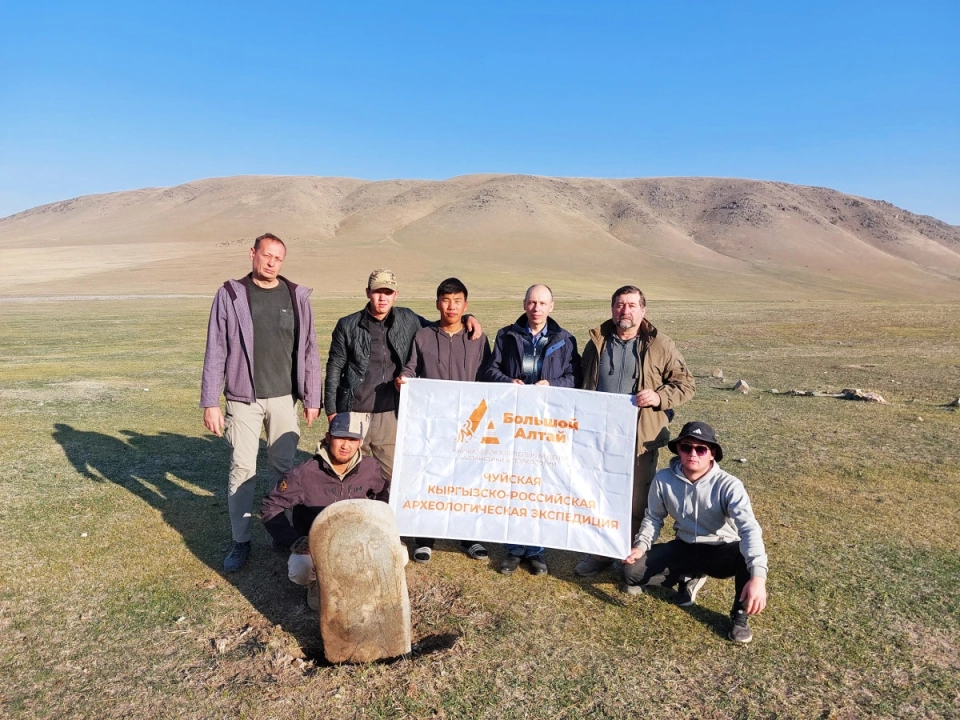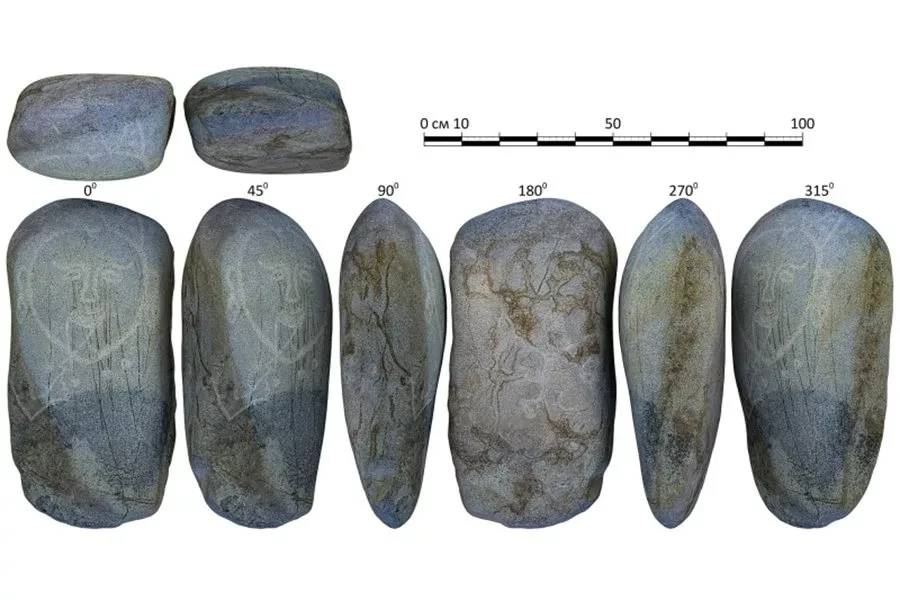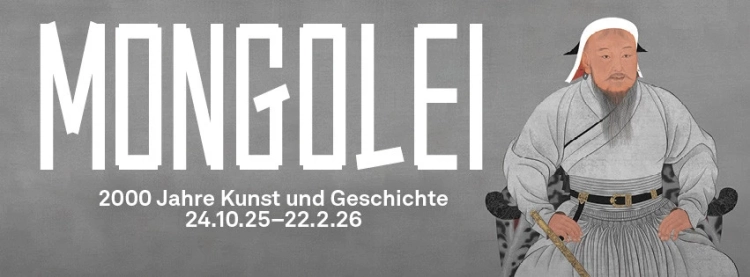
On the territory belonging to the Langardara jamoat, archaeologists have explored areas and discovered the ruins of Andicharog — a city of historical significance as the center of Ancient Khutal.
According to Sherali Khojazoda, head of the Agency for the Protection of Historical and Cultural Heritage of Tajikistan, the area of the central part of this ancient city is approximately 14 hectares.
During the excavations, more than a hundred artifacts were found, illustrating the development of various crafts, including pottery, blacksmithing, woodworking, and coin minting.
Among the discovered items are ancient coins, hand and water mills, as well as elements of wooden structures that exhibit a high level of craftsmanship.
Historical sources indicate that Andicharog was located on the right bank of the Panj River, at the foot of Mount Varvalak (or Varvaliz), on the border of the modern districts of Muminaabad and Shamsiddin Shohin.
Archaeologists also found fragments of an ancient madrasah, where carved capitals of columns and decorative elements with ornaments and inscriptions have been preserved. It is believed that the height of the main building reached six meters, indicating high achievements in urban planning and artistic craftsmanship.
Khojazoda noted that the new findings highlight the richness of the material culture of the Tajik people and continue the archaeological chain of discoveries in the region.
He also added: “The revival of historical monuments is not only a scientific task but also a spiritual mission. With the support of President Emomali Rahmon, we are bringing forgotten pages of history back to life, strengthening the sense of national pride and respect for our past.”
Previously, the sites of Ancient Khutal were included in the UNESCO World Heritage List, emphasizing their significance for world culture. The discovery of the city of Andicharog enhances the understanding of the historical development of Tajik lands and testifies to the continuity of craft and architectural traditions.
Archaeologists are confident that such findings play an important role not only in scientific research but also in fostering interest among the younger generation in the history, culture, and spiritual roots of the Tajik people.

